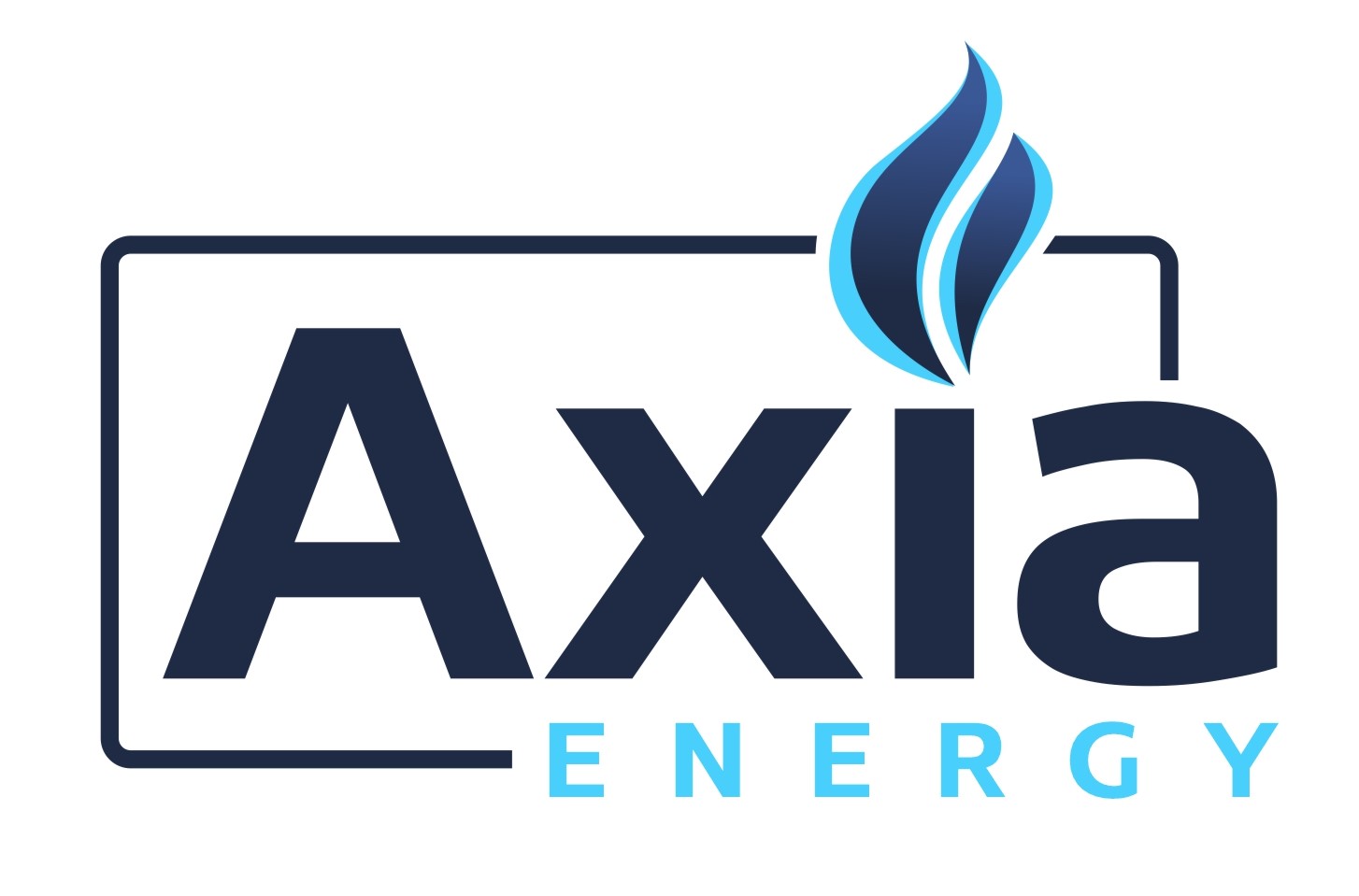The Science Behind Pressure Drop Detection

In the vast and complex network of oil and gas pipelines, one of the most telling indicators of system health is pressure. More specifically, a sudden or gradual drop in pressure can serve as a critical warning signal—one that could point to leaks, blockages, equipment failure, or even malicious interference.
At AXIA, we treat pressure drop detection not just as a technical requirement but as a science-driven method for protecting infrastructure, preventing losses, and ensuring the safety of people and the environment. So, what exactly causes a pressure drop, how is it detected, and why does it matter?
Understanding Pressure Drop
In fluid dynamics, a pressure drop refers to the reduction in pressure as fluid flows through a pipeline. While some pressure loss is expected due to friction and elevation changes, unexpected or unexplained pressure drops are often a red flag.
There are several common causes:
- Leaks or ruptures in the pipeline
- Internal obstructions (such as buildup or debris)
- Valve malfunctions
- Equipment wear and tear
- Unauthorized product extraction (theft)
The key to effective pressure drop detection is distinguishing between normal operational losses and abnormal pressure behaviour.
The Physics Behind It
Pressure drops are governed by Bernoulli’s Principle and Darcy-Weisbach equations, which describe how fluid pressure, velocity, and resistance interact. Essentially, when a pipeline experiences friction (due to pipe roughness or flow turbulence) or a leak that allows fluid to escape, it causes energy loss in the system, manifesting as a drop in pressure.
Mathematically, the pressure drop (ΔP) is proportional to:
- Flow rate
- Fluid density and viscosity
- Pipe length and diameter
- Pipe surface condition
When operators monitor these factors over time, deviations from the expected pressure profile become easier to identify.
How AXIA Detects Pressure Drops
AXIA’s pressure monitoring systems rely on a combination of real-time sensors, historical baselines, and AI-driven analytics to detect, validate, and respond to pressure anomalies.
1. High-Frequency Pressure Sensors
Installed at critical points along the pipeline, these sensors provide continuous data on flow pressure, enabling fast detection of both gradual and sudden drops.
2. Intelligent Threshold Setting
Rather than static thresholds, AXIA systems use dynamic baselines that adjust based on operating conditions. This minimizes false alarms while improving sensitivity to true threats.
3. Integration with SCADA and AI
When a pressure drop is detected, the system automatically correlates it with data from flow meters, temperature sensors, and acoustic monitors. AI algorithms assess:
- The likelihood of a leak
- Potential leak location
- Severity of the pressure loss
This contextual analysis ensures that only high-confidence alerts are escalated, reducing noise and enabling fast action.
Why It Matters
Detecting pressure drops early can:
- Prevent major spills or blowouts
- Reduce repair and remediation costs
- Limit environmental damage
- Improve regulatory compliance
- Ensure pipeline uptime and reliability
In today’s regulatory and environmental landscape, real-time pressure monitoring is not optional – it’s essential.
Conclusion
The science behind pressure drops detection combines physics, engineering, and modern analytics to protect pipelines from invisible threats. At AXIA, we turn this science into actionable intelligence, helping you safeguard your operations with precision and speed.
Need a smarter way to track pressure and detect issues before they escalate? Let AXIA show you the difference that science and innovation can make.
Let’s put pressure where it belongs – on performance, not your pipelines.

